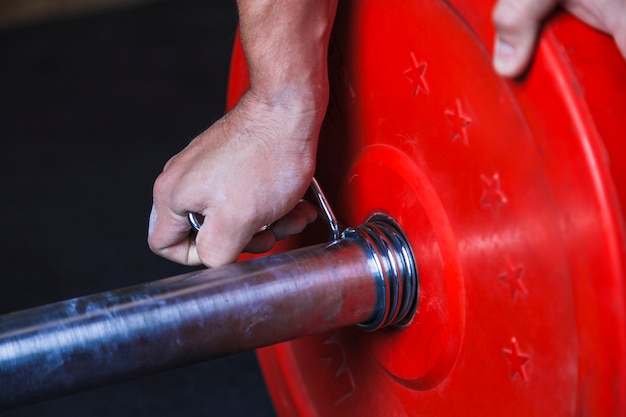Starting strength training with a barbell doesn’t have to be intimidating—especially if you’re managing back pain. With the right approach, just one hour a day can build strength, improve posture, and boost confidence—without aggravating your back. This guide delivers coach-style pointers, form tips, and easy modifications designed specifically for people with back sensitivity.
Contrary to popular belief, lifting weights—when done correctly—can actually help reduce back pain by strengthening the muscles that support your spine. Research shows that progressive resistance training improves spinal stability, reduces stiffness, and enhances functional movement.
The key is starting smart: using proper form, controlled movement, and modifications that reduce spinal load while building strength. A daily 60-minute session allows time for warm-up, technique practice, core engagement, and recovery—all essential for back-friendly training.

Break your hour into four focused segments:
Proper technique is non-negotiable when managing back pain. Focus on these principles:
Start with these foundational movements, using modifications to protect your back:
Modification: Use a trap bar or dumbbells if a straight bar strains your back. Start with partial range of motion—only lower the bar to mid-shin.
Keep chest up, back flat, and initiate movement from hips. Stop if you feel any pinching.

Modification: Use a lighter bar or perform goblet squats with a dumbbell. Limit depth to just below parallel if full depth causes discomfort.
Front squats reduce spinal compression compared to back squats. Keep elbows high and core braced throughout.
Modification: Perform seated on a bench with back support. This limits lower back involvement.
Press the bar from shoulder height to overhead without arching your back. Use a narrow grip if shoulder mobility is limited.
Modification: Reduce range of motion and use light weight. Focus on hamstring stretch, not bar depth.
Slight knee bend, chest up, bar close to legs. This builds posterior chain strength safely.
| Segment | Activity | Duration |
|---|---|---|
| Warm-Up | Cat-Cow, Glute Bridges, Hip Circles | 10 min |
| Technique | Practice Deadlift & Squat Form (no weight) | 20 min |
| Lifting | 3x8 Trap Bar Deadlift, Goblet Squat, Seated Press | 20 min |
| Cool-Down | Child’s Pose, Hamstring Stretch, Core Bracing Drills | 10 min |
Barbell training doesn’t have to be off-limits with back pain. With mindful modifications, proper form, and a structured plan, you can build strength safely and confidently—one 60-minute session at a time.

Fitness

Fitness

Fitness

Fitness

Fitness

Fitness

Wellness

Fitness

Fitness

Fitness

Fitness

Wellness

Health

Fitness

Health

Health